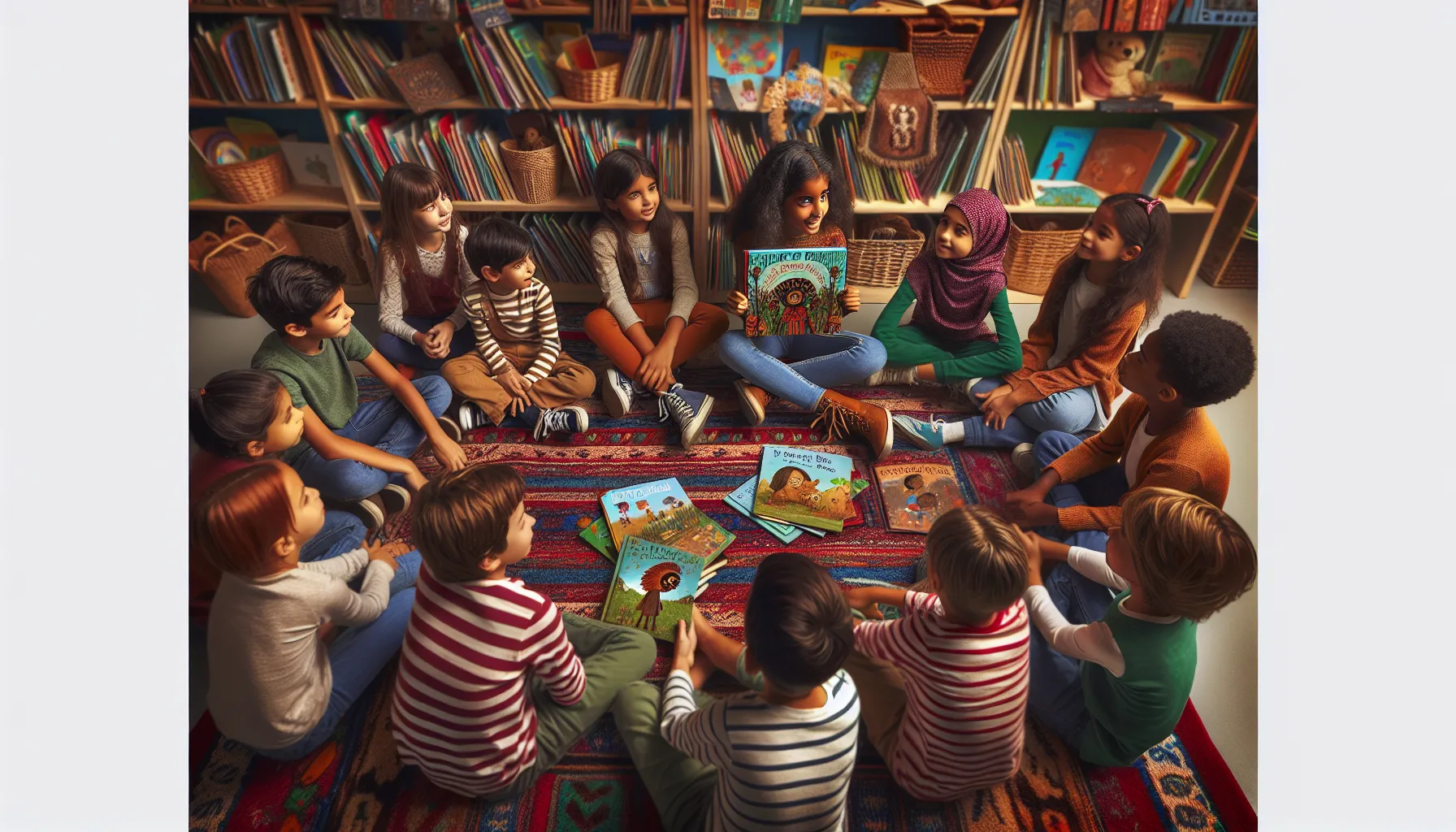Promoting Empathy Through Children’s Stories
Diving into the pages of children’s literature can be a powerful tool to foster empathy and understanding among young readers. We’ve gathered insights from creative directors and Chief Editors to explore this transformative journey. From the lessons of The Hundred Dresses to the shared experiences in Rainbow Fish, here are four unique perspectives on using storytelling to nurture compassion and connection.
- Promote Empathy with The Hundred Dresses
- Biographies Foster Global Empathy
- Find Beauty in Diversity with Literature
- Share Waves with Rainbow Fish Insights
Promote Empathy with The Hundred Dresses
Children’s literature, such as The Hundred Dresses by Eleanor Estes, promotes empathy by portraying diverse characters and exploring themes of acceptance and understanding.
Through the story of Wanda Petronski, readers learn about the impact of prejudice and bullying, fostering compassion and empathy for individuals with different backgrounds and experiences.
This encourages meaningful discussions about inclusivity and empathy, leading to a more empathetic and understanding society.
 Marissa Sabrina
Marissa Sabrina
Creative Director, LeadLearnLeap
Biographies Foster Global Empathy
Biographies are great for this. We read The Girl With Seven Names, which helped us discuss the trials and extreme circumstances other teens around the world find themselves in. The first step to empathy is knowledge of others’ struggles, and helping our kids at every age understand feelings and situations beyond their own is incredibly important.
 Victoria Hudgins
Victoria Hudgins
Founder & Mom of Teens, Momma Teen
Find Beauty in Diversity with Literature
At Love Advice, Last Stop on Market Street by Matt de la Peña has been instrumental in weaving empathy and understanding into our narrative. This story, showcasing a grandmother teaching her grandson to find beauty and kindness in their everyday surroundings, has resonated deeply with our readers. It encourages adults and children alike to look beyond their immediate perceptions, promoting a culture of empathy and appreciation for diversity. Sharing such stories has sparked meaningful conversations about compassion in our community.
 Irina Tracy
Irina Tracy
Chief Editor, Love Advice
Share Waves with Rainbow Fish Insights
At our surf magazine, we often reference the children’s book Rainbow Fish by Marcus Pfister when talking about sharing waves and good etiquette. This story promotes generosity and looking out for others, which resonates with the surf community. Discussing the value of inclusiveness over selfishness has helped improve attitudes and understanding between experienced surfers and newcomers looking to catch their first waves. Sharing this positive message from a young age benefits us all.
 James Davis
James Davis
Chief Editor, Surf Spots
Submit Your Answer
Would you like to submit an alternate answer to the question, “How do you use children’s literature to promote empathy and understanding? Share one book and its effect.”
